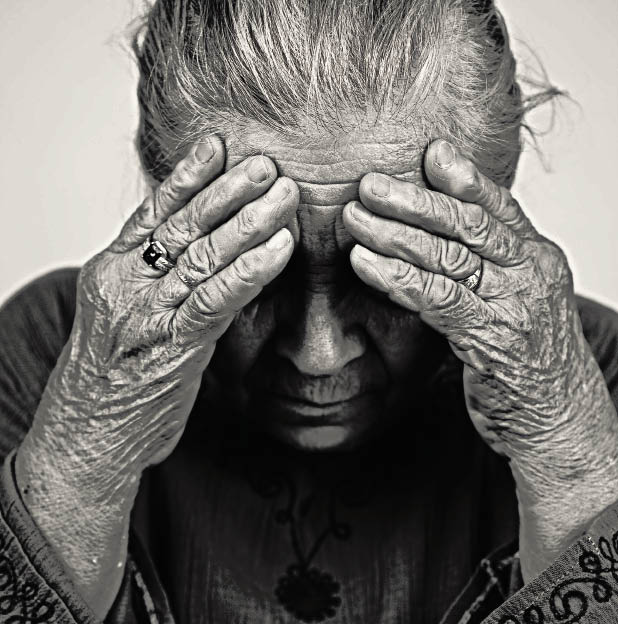Book a callReferral
Book a call.
Thank you! Your submission has been received!
Oops! Something went wrong while submitting the form.


Caring for wounds at home can feel overwhelming, especially when it involves an elderly loved one or someone with limited mobility. Whether it’s a minor cut, surgical incision, pressure ulcer, or chronic wound, proper care is essential to prevent infection, support healing, and reduce discomfort. At HomeCare Crew Inc., we believe that safe, consistent, and compassionate wound care is one of the most important ways to protect health and dignity at home.
In this guide, we’ll explore the safest ways to manage wound care at home, from understanding the basics of wound healing to practical steps you can take to ensure safety and comfort.
Wounds that are not cared for properly can lead to serious complications such as infection, delayed healing, or in severe cases, hospitalization. For seniors and individuals with chronic conditions such as diabetes, poor circulation, or weakened immunity, the risks are even higher. Good wound care isn’t just about dressing a cut—it’s about ensuring the body has the right environment to heal safely and effectively.
The very first step in wound care is cleanliness. Before touching the wound:
This reduces the risk of introducing bacteria to the wound and helps keep the process sanitary.
Cleaning is key to preventing infection:
Pat the area dry with a clean, soft cloth—do not rub.
Not all wounds need the same type of covering. The goal is to keep the wound moist, protected, and clean.
Dressings should typically be changed once a day, or more often if they become wet or dirty.
Even with the best care, wounds can sometimes develop complications. Watch for these warning signs:
If you notice any of these symptoms, seek medical attention promptly.
Wound healing isn’t just about external care—it also depends on the body’s ability to repair itself. Encourage your loved one to:
For individuals who are bedridden or use wheelchairs, pressure ulcers (bedsores) are a common concern. To prevent them:
Early prevention is much easier and safer than treating advanced pressure sores.
While many small wounds can be cared for at home, some situations require professional help. Contact a healthcare provider or in-home care team if:
At HomeCare Crew Inc., our trained caregivers provide expert wound care support right in the comfort of your home. We:
Safe wound care at home is about more than just bandages—it’s about protecting health, preventing complications, and ensuring comfort during recovery. By following proper hygiene, monitoring for changes, and seeking professional support when needed, you can help your loved one heal more effectively.
At HomeCare Crew Inc., we are dedicated to compassionate, reliable in-home care that makes recovery safer and less stressful. Whether it’s wound care, daily assistance, or ongoing support for chronic conditions, we’re here to help you every step of the way.
HomeCare Crew Inc. serves Sterling, Leesburg, Ashburn, and Loudoun & Fairfax County, offering fast 24–48 hour start of care, skilled nursing, therapies, and personal care. We accept Virginia Medicaid CCC+ Waiver, private pay, and long-term care insurance, with a simple phone, fax, or email referral process.
.png)
HomeCare Crew Inc. provides personalized home healthcare across Northern Virginia, helping clients manage pain, recover faster, and live stronger with skilled nursing, therapy, and daily care—right at home.
